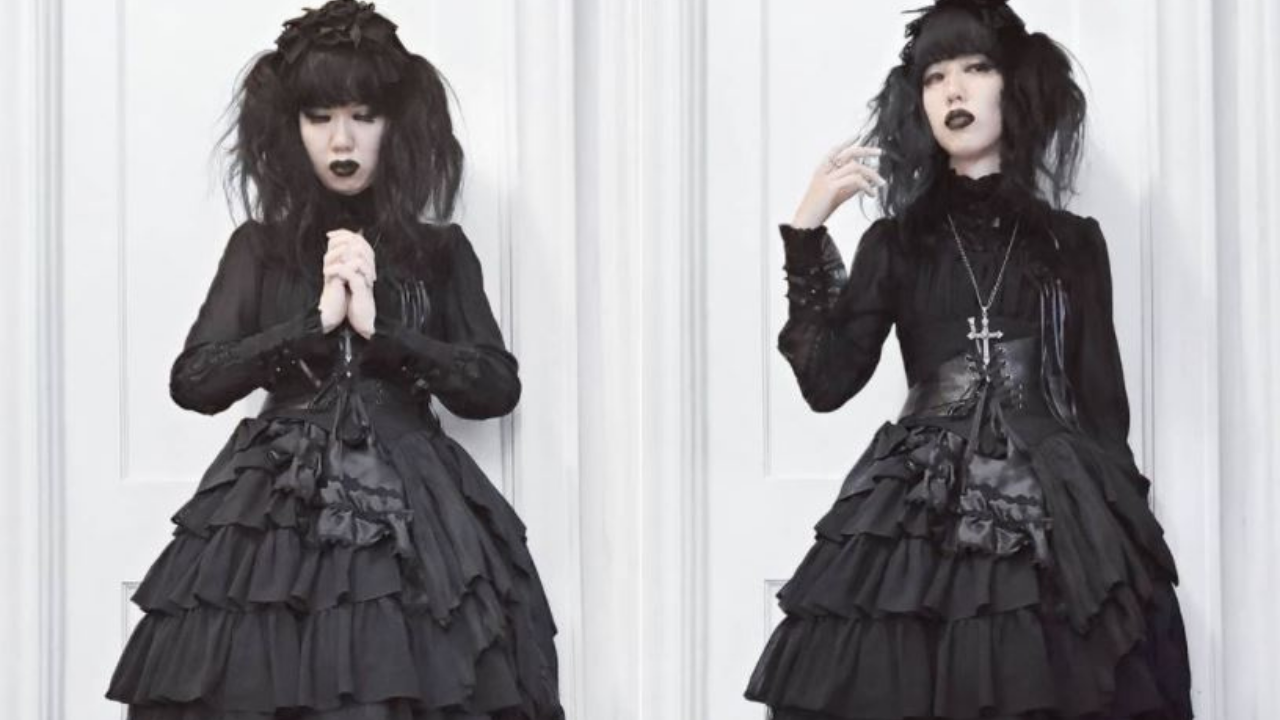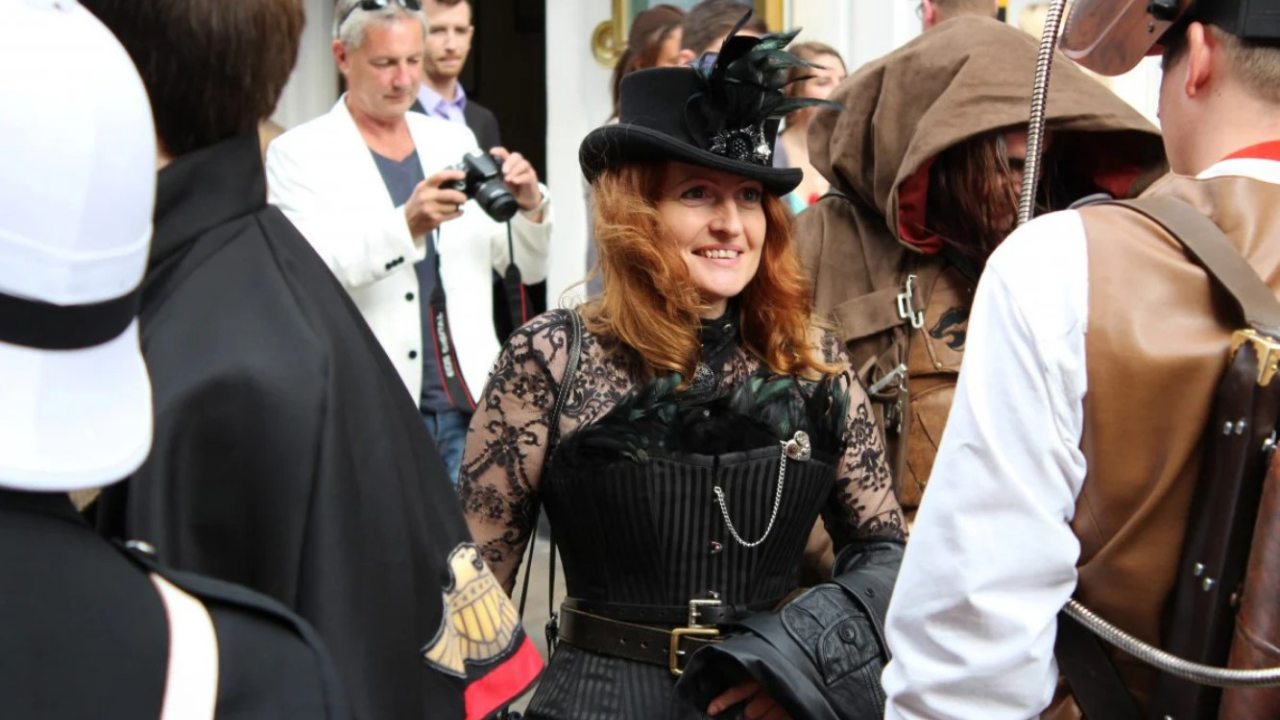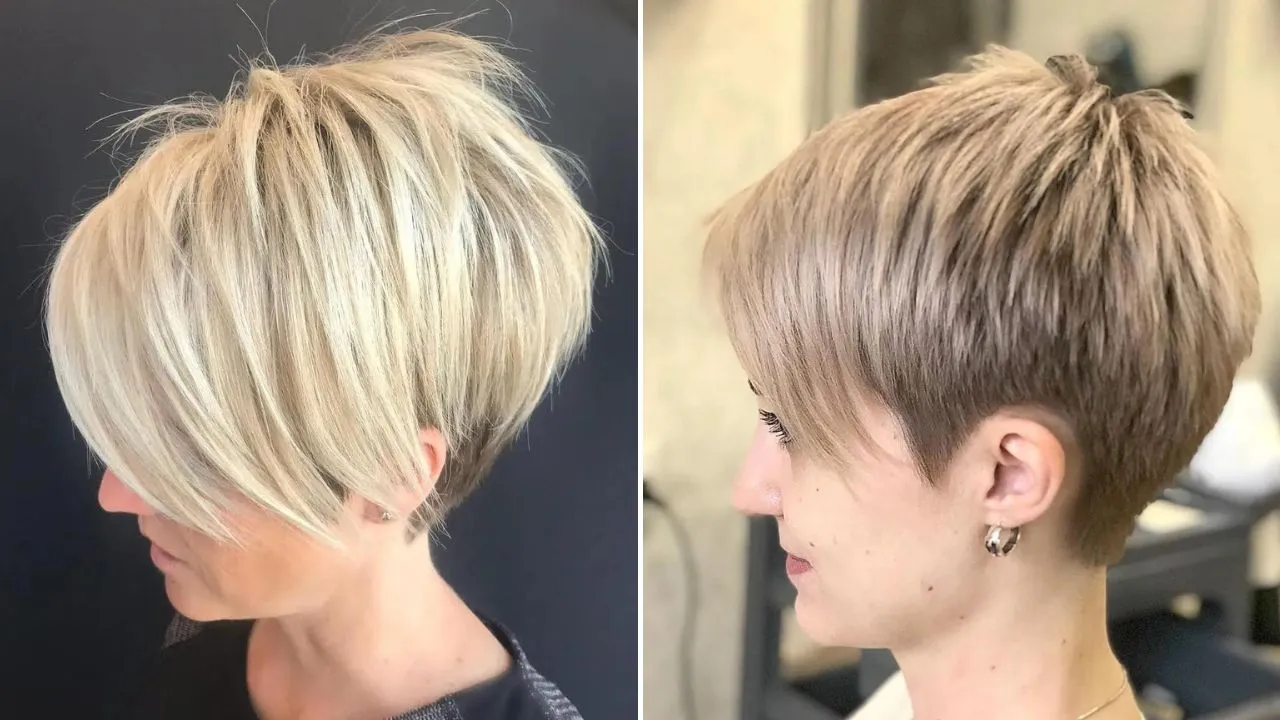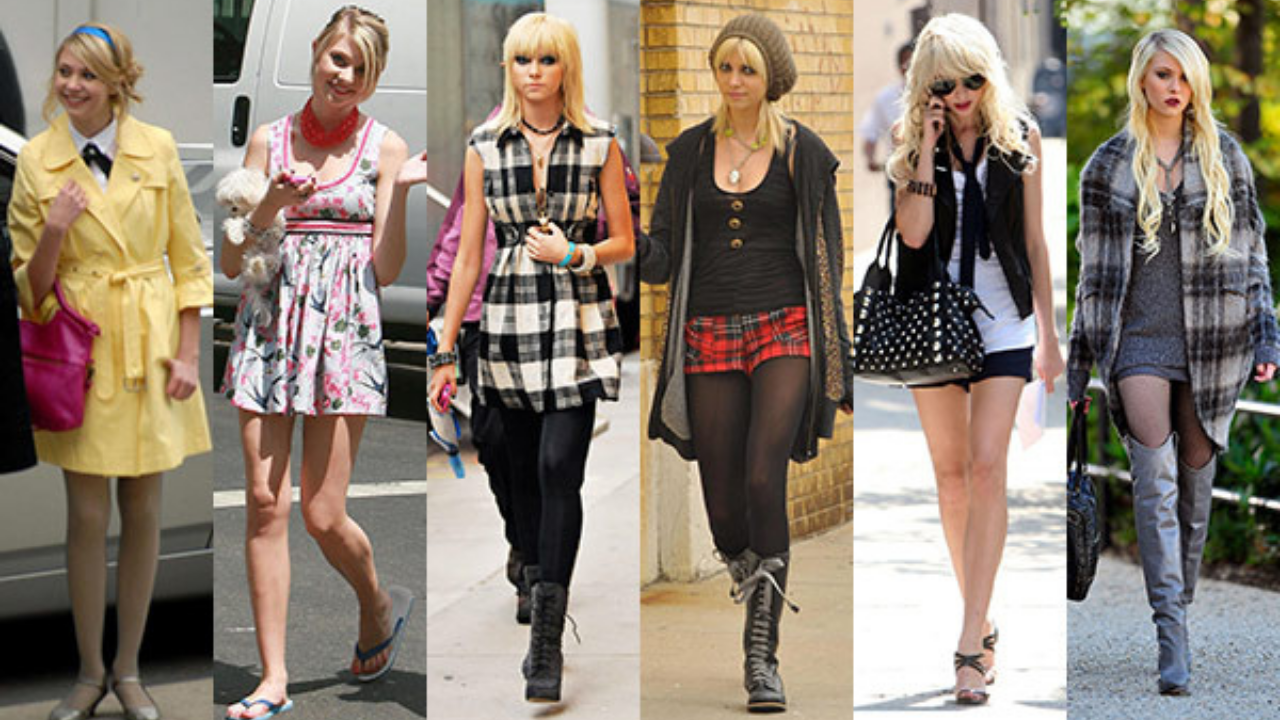Lace has always carried an air of intimacy and allure, but when it meets the darker tones of gothic fashion, it transforms into something even more captivating. It becomes a fabric that speaks of mystery, romance, and quiet strength. Rather than being seen only as delicate or ornamental, it takes on a deeper role, one that balances elegance with intensity.
A Fabric with History
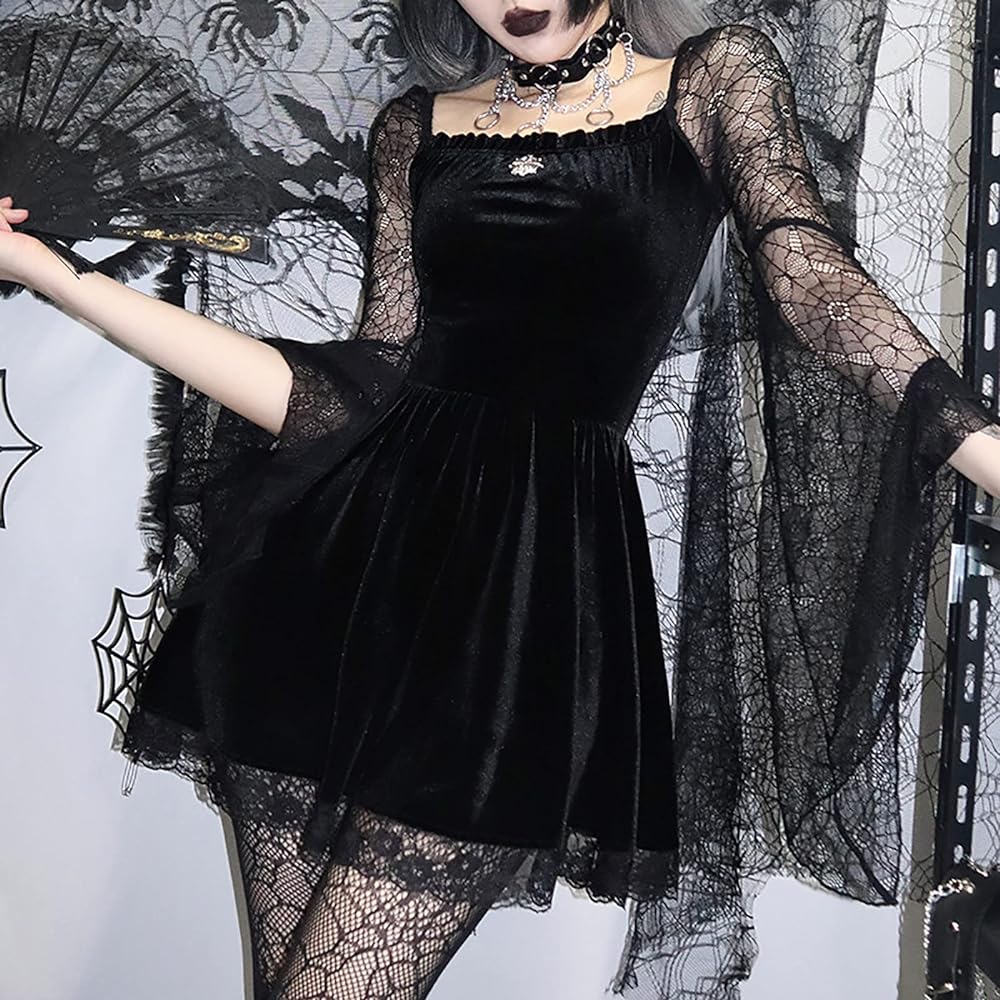
In the Victorian era, black lace began appearing in mourning attire, where it was a sign of sorrow yet also of dignity. What started as part of ritual dress slowly shifted into a symbol of resilience. As time passed, this association gave lace a new life in alternative fashion. It carried the weight of memory while still evoking beauty, which is why it feels so timeless when used today.
The Visual Power of Lace
What makes lace so striking is its ability to play with light and shadow. Patterns cut into floral or abstract motifs soften the fabric while allowing hints of skin or texture to show through. A gown edged with lace creates drama without losing grace, while a high collar or sheer sleeve can instantly change the mood of an outfit. Colors deepen this effect, with black bringing contrast, red adding passion, and purple creating richness.
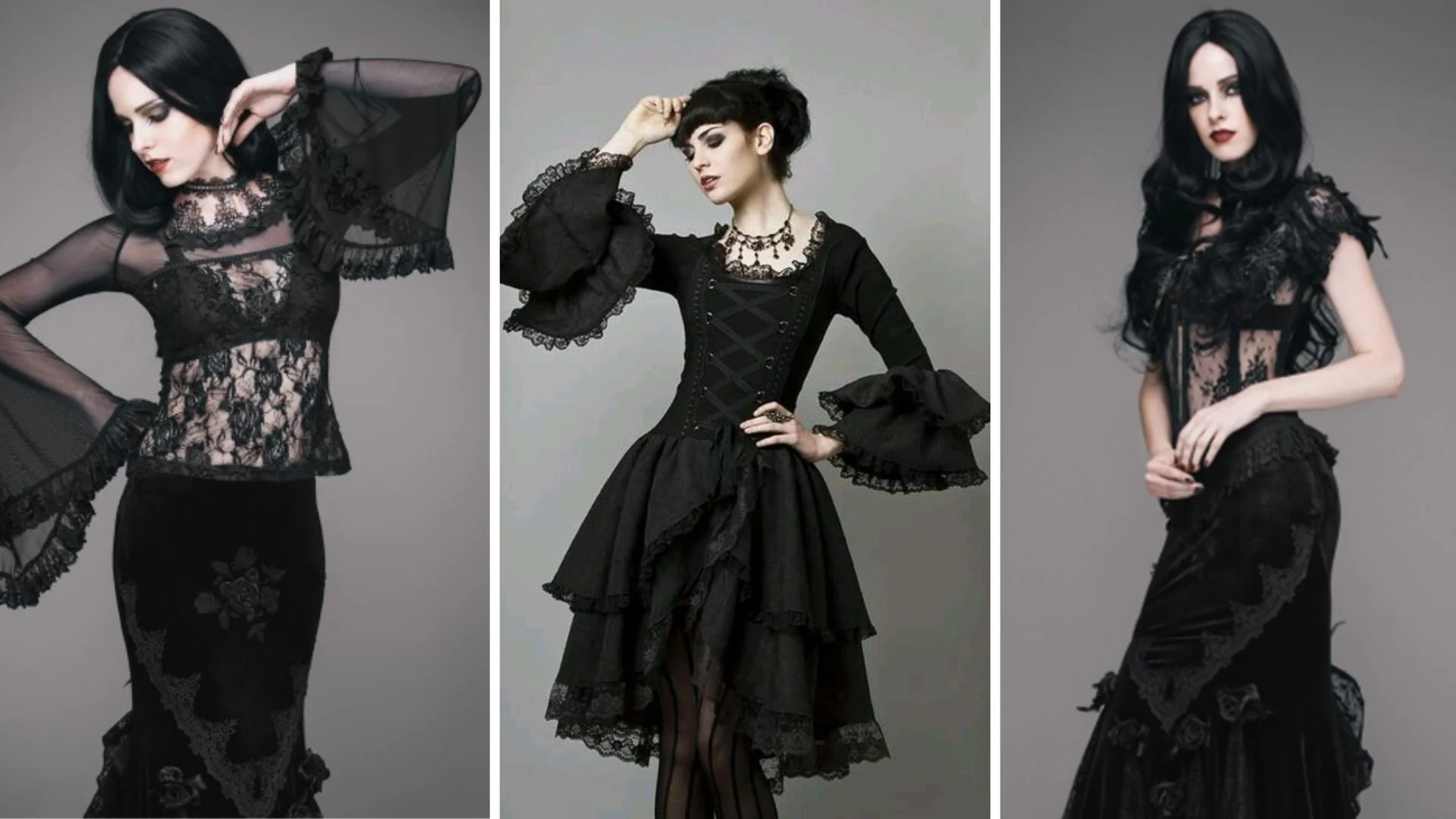
More Than Decoration
Lace carries its own language. It represents fragility, but in gothic fashion, it is not weakness. Instead, it suggests a kind of vulnerability that feels powerful. Paired with velvet, leather, or silver accents, it becomes a reminder that beauty often has more depth when it is shadowed. Many wearers describe it as a way of expressing both softness and strength, turning clothing into a reflection of inner emotion.
A Contemporary Presence
Designers on international runways often use lace to add a layer of romance to darker themes, shaping gowns that are haunting yet refined. Social media creators pair lace tops, chokers, or skirts with everyday pieces, making the style approachable while still unique. Even bridal fashion has embraced it, with gowns that trade traditional white for black, showing that romance can look different yet remain deeply meaningful.
Beyond Fashion
The presence of lace extends far past clothing. Curtains, candle covers, and decorative runners create rooms filled with atmosphere. In visual art and music, it appears as a recurring symbol of beauty within melancholy. Its ability to carry emotion into different spaces proves it is more than fabric. It is a way of shaping how moments feel.
Closing Reflection
Lace remains powerful because it can hold two worlds at once. It is fragile and enduring, romantic and intense, elegant and haunting. Whether found in a gown, a subtle accessory, or even in the home, it speaks of the delicate balance between light and shadow. And it reminds us that beauty does not always shine brightest in the sun.
